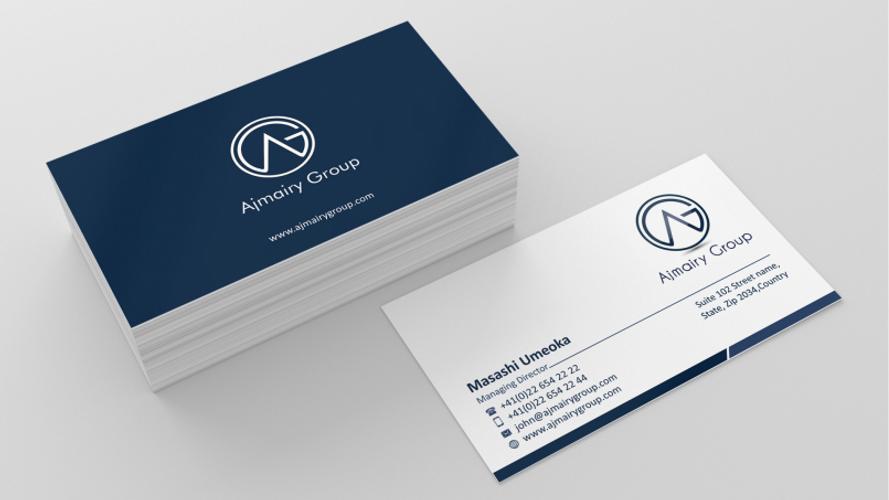Introduction to Business Cards
In today’s digital age, where online networking and social media often dominate professional interactions, the humble business card remains a vital tool for personal branding and relationship building. Despite the proliferation of digital communication methods, business cards provide a tangible means to make a memorable impression. These small cards pack a powerful punch, encapsulating vital information about an individual or company, including names, titles, contact information, and branding elements. They serve as a physical reminder of a conversation, making it easier for potential clients, collaborators, or employers to recall a meeting and maintain connections.
Designing an Effective Business Card
Creating an effective business card goes beyond merely listing contact details. Design elements play a crucial role in conveying professionalism and personality. When designing a business card, one should consider various factors such as layout, typography, color scheme, and material. A well-thought-out layout should ensure that the card is easy to read, while the choice of typography can reflect the individual’s brand identity—be it sleek and modern or classic and traditional.
Color choices are equally significant; vibrant hues can grab attention, while subdued tones may suggest sophistication. Additionally, the card’s material can impact the perceived quality. Premium cardstock, textured finishes, or unique shapes can enhance tactile appeal and leave a lasting impression. Incorporating elements like logos or taglines can further reinforce brand identity, making the card not just a contact tool but a visual representation of the individual or organization.
The Importance of Networking
Business cards are particularly valuable in networking situations. Whether at conferences, seminars, or casual meet-ups, exchanging business cards facilitates meaningful connections. They act as conversation starters, providing an easy way to share contact information without relying solely on smartphones or digital exchanges. In a crowded event, a well-designed card can help differentiate oneself from others, making it easier for recipients to remember the interaction later.
Moreover, the act of handing over a business card can create a personal touch that digital interactions often lack. When someone receives a card, they hold a piece of the giver’s identity, which can evoke a sense of trust and connection. This physical exchange can lead to potential collaborations, job offers, or client relationships, solidifying the significance of business cards in the networking landscape.
Evolving with Technology
As technology continues to evolve, so do business cards. Digital business cards and mobile apps now offer alternatives to traditional paper cards, allowing users to share their contact information via smartphones with a simple tap or scan. These digital solutions can include interactive elements, such as links to social media profiles, portfolios, or websites, offering recipients more information at their fingertips.
However, the transition to digital doesn’t diminish the value of traditional business cards. Instead, it emphasizes the need for individuals to adapt their strategies. Many professionals find that having both physical and digital cards can cater to different networking situations, ensuring they are prepared whether the encounter is in-person or online. By merging the old and the new, individuals can enhance their networking efforts and maximize their reach.
Conclusion: The Enduring Relevance of Business Cards
In summary, business cards remain a relevant and effective tool in professional networking, despite the rise of digital communication. Their ability to leave a lasting impression, foster personal connections, and convey brand identity makes them indispensable in various industries. As professionals continue to navigate an increasingly digital world, the combination of traditional business cards and innovative digital solutions will likely become the norm. The key to leveraging the power of business cards lies in thoughtful design, strategic networking, and adaptability to technological advancements. Ultimately, a well-crafted business card can open doors and pave the way for future opportunities, solidifying its place in modern business interactions.Digital business cards for enterprises
